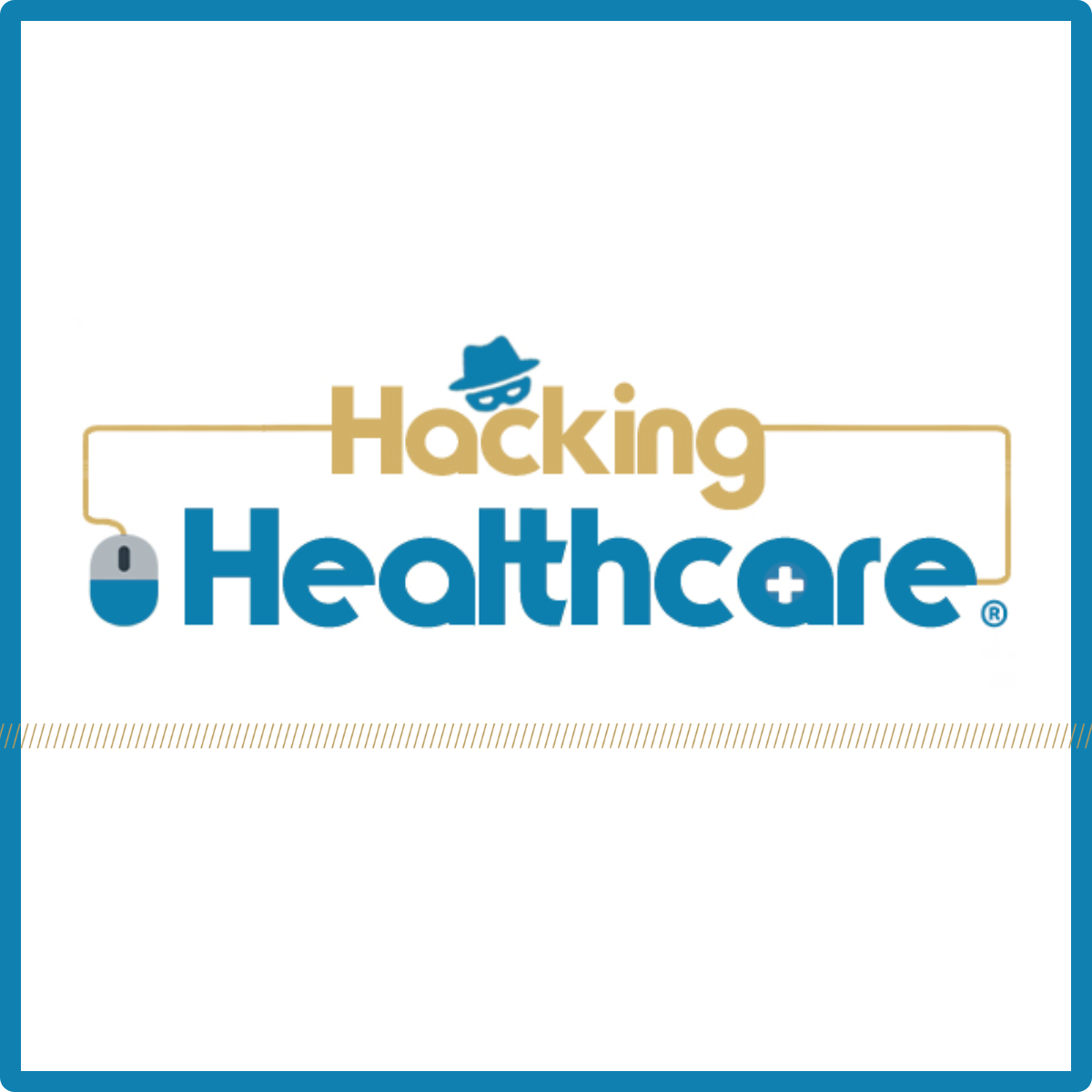
This week, Hacking Healthcare examines the fallout of the 2020 Blackbaud ransomware incident that affected thousands of the organization’s customers. Specifically, we examine what happened, how it led to a $3 million regulatory settlement, and what Health-ISAC members can learn from it.
As a reminder, this is the public version of the Hacking Healthcare blog. For additional in-depth analysis and opinion, become a member of H-ISAC and receive the TLP Amber version of this blog (available in the Member Portal.)
PDF Version:
Text Version:
Welcome back to Hacking Healthcare.
March Monthly Threat Brief
Before we get to our main topic, and as we approach the end of March, we would like to remind all Health-ISAC members that the Monthly Threat Brief will be held on Tuesday the 28 at noon ET. The Threat Brief is one of the services provided by the Health-ISAC specifically for members, and features reports from Health-ISAC staff and Health-ISAC partners. Topics for this month include new trends in cybersecurity, emerging threats, cybercrime, physical security, and legal and regulatory developments.
Lessons From Blackbaud’s SEC Order
Winding the clock back a bit, many of you may recall the Blackbaud ransomware incident that captured headlines back in 2020. Blackbaud is back in the news this month due to a $3 million dollar settlement with the Securities and Exchange Commission (SEC) over how the company handled reporting of the incident. Despite Blackbaud itself not being a healthcare organization, there are important takeaways from the SEC settlement that can apply to Health-ISAC members, which we will summarize in the analysis section.
Let’s begin with a brief recap of how this all started. Blackbaud is a U.S.-based entity that provides cloud software offerings to a variety of sectors including healthcare, education, and nonprofits. Back in May of 2020, Blackbaud was victimized by a ransomware attack that ultimately affected over 13,000 customers, including data from hundreds of thousands of individuals linked to healthcare entities.[i], [ii] Blackbaud ultimately paid a ransom demand and appeared to have believed that any data exfiltrated by the cybercriminal group responsible had been destroyed. They publicly stated that they had no reason to believe that customer data beyond names, addresses, and some contact information had been compromised.
Here is where Blackbaud appears to have gotten into trouble. The SEC notes in their order that days after publicly stating that the cybercriminals did not access bank account information or social security numbers, some Blackbaud personnel became aware that sensitive information actually had been accessed.[iii] However, for undisclosed reasons, the personnel aware that sensitive customer information had been exposed reportedly did not inform the senior management responsible for handling disclosures.[iv] This led to Blackbaud filing SEC forms in August that omitted these newly known facts, which then “misleadingly characterized the risk of exfiltration”.[v] It wouldn’t be until the end of September that Blackbaud disclosed the full extent of the incident. The SEC further noted that Blackbaud “failed to maintain disclosure controls and procedures as defined in Exchange Act Rule 13a-15(e).[vi]
As a result of these issues, the SEC found Blackbaud to have committed several violations of both the Securities Act and the Exchange Act and Rule. In total, Blackbaud has “agreed to pay $3 million to settle charges for making misleading disclosures,” and has committed to avoiding any future violations.[vii]
Action & Analysis
**Included with Health-ISAC Membership**
Congress
Tuesday, March 21st:
– No relevant hearings
Wednesday, March 22nd:
– No relevant meetings
Thursday, March 23rd:
– No relevant hearings
International Hearings/Meetings
– No relevant meetings
John can be reached at jbanghart@h-isac.org and jfbanghart@venable.com.
[i] https://techcrunch.com/2023/03/10/sec-blackbaud-charged-ransomware/
[ii] https://healthitsecurity.com/news/blackbaud-ransomware-hack-affects-657k-maine-health-system-donors
[iii] https://www.sec.gov/litigation/complaints/2023/comp-pr2023-48.pdf
[iv] https://www.sec.gov/litigation/complaints/2023/comp-pr2023-48.pdf
[v] https://www.sec.gov/litigation/complaints/2023/comp-pr2023-48.pdf
[vi] https://www.sec.gov/litigation/complaints/2023/comp-pr2023-48.pdf
[vii] https://www.sec.gov/news/press-release/2023-48
[viii] https://www.sec.gov/litigation/complaints/2023/comp-pr2023-48.pdf
[ix] https://www.sec.gov/litigation/complaints/2023/comp-pr2023-48.pdf
[x] https://www.sec.gov/litigation/complaints/2023/comp-pr2023-48.pdf
[xi] https://www.sec.gov/litigation/complaints/2023/comp-pr2023-48.pdf
[xii] https://www.sec.gov/litigation/complaints/2023/comp-pr2023-48.pdf
[xiii] https://www.sec.gov/news/press-release/2022-39
- Related Resources & News
- HSCC Aiming to Identify Healthcare Workflow Chokepoints
- President Trump extends national emergency over cyber threats for another year
- How HTM Staff Can Prepare for the Proposed HIPAA Security Rule Changes
- 2025 Newsletter- April
- Health-ISAC Hacking Healthcare 3-21-2025
- Potential Terror Threat Targeted at Health Sector – AHA & Health-ISAC Joint Threat Bulletin
- New Cybersecurity Policies Could Protect Patient Health Data
- CyberWire Podcast: PHP flaw sparks global attack wave
- Health-ISAC Hacking Healthcare 3-14-2025
- HSCC Aiming to Identify Healthcare Workflow Chokepoints
